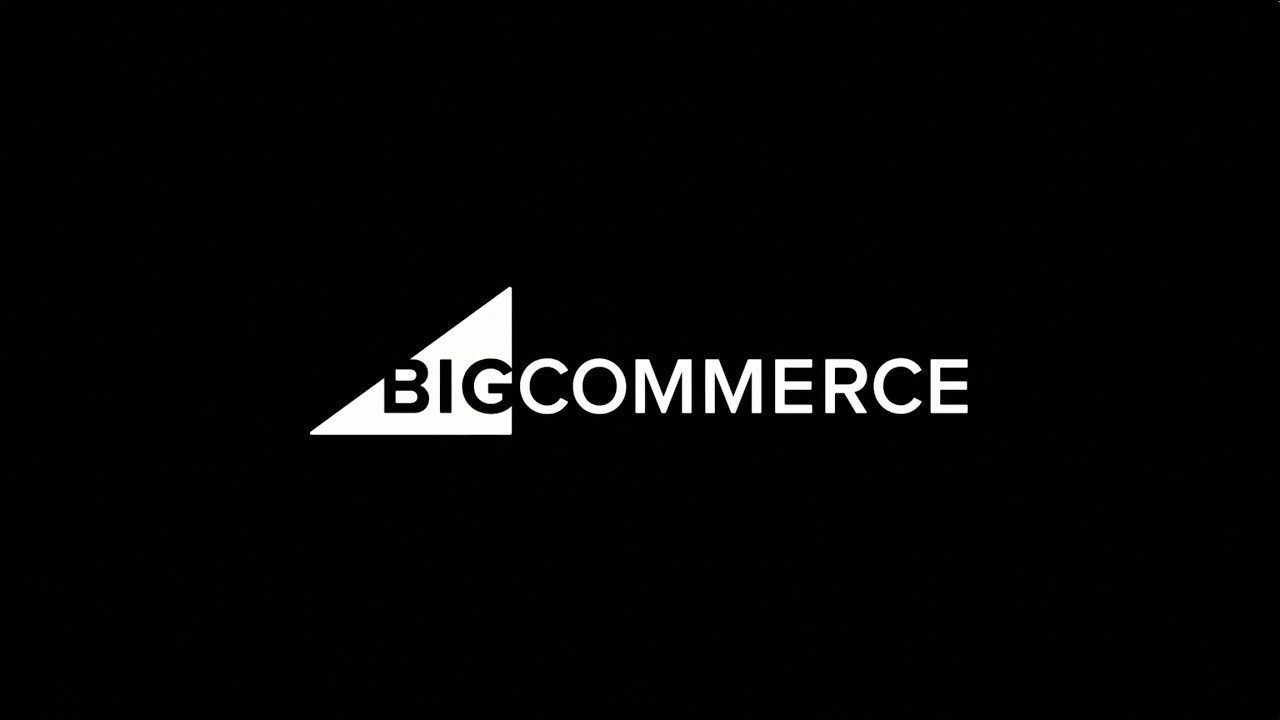Description
Training Introduction:
Human Resource (HR) Management Systems (HRMS) have revolutionized how businesses manage their workforce by automating time-consuming HR tasks, streamlining workflows, and improving employee management. The course HR Management Systems: Automating Human Resources Tasks is designed to provide participants with a thorough understanding of how modern HRMS platforms function, their key features, and how they can be leveraged to optimize HR processes.
This course will cover the essentials of HRMS, including core modules like payroll, attendance, recruitment, and employee performance management. Participants will also gain hands-on experience using popular HRMS tools, learning how these systems can be configured to suit specific business needs. By the end of the course, participants will be equipped with the knowledge and skills needed to implement and effectively use HRMS tools to automate HR tasks and improve organizational efficiency.
Prerequisites:
- Basic understanding of HR operations (recommended but not mandatory)
- Familiarity with general business processes and software systems (helpful but not required)
- No prior experience with HRMS platforms is required
Table of Contents:
Module 1: Introduction to HR Management Systems (HRMS)
- What is HRMS and why it matters in today’s business environment
- Key benefits of automating HR processes with HRMS
- Overview of core HRMS functionalities: payroll, attendance, employee records, and more
- Popular HRMS platforms: SAP SuccessFactors, Workday, BambooHR, ADP
Module 2: Core Functions of an HRMS
- Employee data management: digital employee records and databases
- Payroll and benefits management: automating payroll, deductions, and benefits administration
- Time and attendance tracking: managing work hours, leave requests, and absence tracking
- Recruitment and applicant tracking: streamlining hiring processes with HRMS
- Performance management: monitoring employee performance, appraisals, and development plans
Module 3: Automating Payroll and Benefits with HRMS
- Setting up automated payroll systems within HRMS
- Managing employee compensation, taxes, and benefits
- Tracking time and attendance for accurate payroll processing
- Handling benefits enrollment and updates through HRMS platforms
Module 4: Recruitment and Talent Acquisition
- Automating recruitment workflows: posting jobs, screening, and tracking applicants
- Managing job applications, interviews, and hiring processes with HRMS
- Using HRMS for background checks, onboarding, and training new employees
- Hands-on exercise: Using an HRMS tool to create a recruitment and onboarding process
Module 5: Time and Attendance Management
- How HRMS tracks employee work hours, overtime, and leave requests
- Configuring time-off policies and managing attendance data
- Reducing errors in attendance tracking with automated systems
- Integration with payroll systems for accurate compensation
Module 6: Performance Management and Employee Development
- Monitoring and evaluating employee performance through HRMS
- Automating performance reviews, goal setting, and feedback cycles
- Managing training and professional development programs
- Utilizing HRMS for succession planning and career development
Module 7: HRMS Analytics and Reporting
- Using HRMS for data-driven decision-making in HR
- Custom reports: analyzing employee turnover, attendance trends, and payroll costs
- Predictive analytics in HR: forecasting workforce needs and performance trends
- Hands-on practice: generating HR analytics reports from HRMS data
Module 8: Configuring and Customizing HRMS for Business Needs
- Customizing HRMS workflows and forms to match company policies
- Managing user roles, permissions, and security in HRMS systems
- Setting up alerts, reminders, and notifications within HRMS
- Integrating HRMS with other business tools (e.g., ERP, payroll, CRM)
Module 9: Cloud-Based HRMS vs. On-Premise Solutions
- Comparing cloud-based HRMS with traditional on-premise systems
- Key advantages of cloud HRMS (scalability, accessibility, updates)
- Data privacy and security considerations for cloud HRMS
- Leading cloud-based HRMS solutions: BambooHR, Workday, Gusto
Module 10: HR Compliance and Legal Considerations
- Ensuring HRMS compliance with local and international labor laws
- Data protection and GDPR considerations for employee information
- Managing tax compliance and reporting through HRMS
- Automating compliance audits and reporting in HRMS
Module 11: Best Practices for Implementing HRMS in Organizations
- Steps for a successful HRMS implementation
- Aligning HRMS capabilities with HR goals and business objectives
- Engaging HR staff and ensuring system adoption
- Overcoming challenges in HRMS implementation (data migration, user training)
- Measuring the ROI of HRMS systems and tracking success metrics
Module 12: Case Studies of Successful HRMS Implementations
- Real-world examples of organizations benefiting from HRMS automation
- Key success factors in HRMS adoption across industries (retail, healthcare, IT, etc.)
- Lessons learned and strategies for scaling HRMS within an organization
Module 13: Future Trends in HRMS
- The role of Artificial Intelligence (AI) and Machine Learning (ML) in HR automation
- Predictive analytics and workforce planning with HRMS
- The rise of mobile HRMS: managing HR tasks on the go
- Using HRMS for diversity, equity, and inclusion (DEI) initiatives
- HR chatbots and virtual assistants: automating employee inquiries
Module 14: Hands-On Lab and Final Project
- Hands-on exercises using HRMS tools (e.g., BambooHR, SAP SuccessFactors)
- Setting up a full HRMS workflow for employee management and payroll automation
- Final project: Designing an HRMS solution for a fictional company to automate HR tasks and improve efficiency







Reviews
There are no reviews yet.